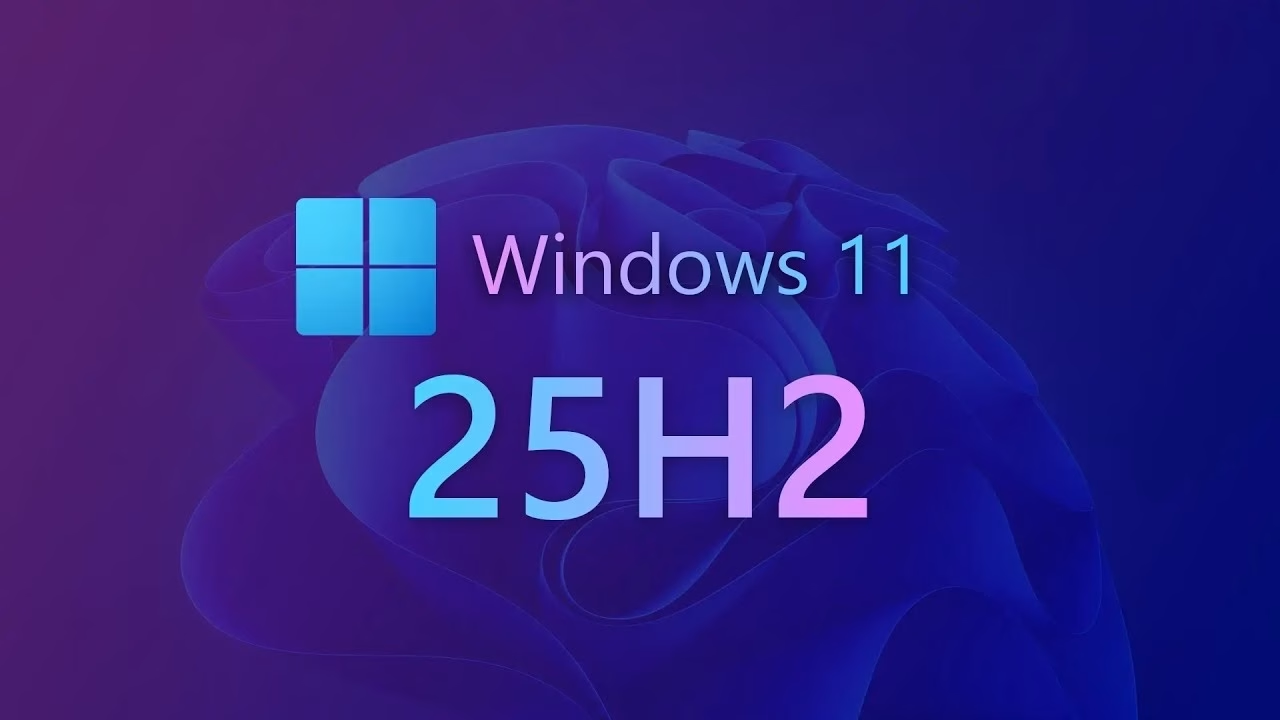Windows 11 Version 25H2 Confirmed: A Deep Dive into Faster Installation and What It Means for You
The Quest for Speed: How 25H2 Aims to Cut Down Installation Time
Let's be honest, nobody enjoys watching a progress bar crawl for what feels like an eternity. The installation process for major Windows updates has, at times, been a source of genuine frustration for users. Remember the days when a feature update could easily eat up an hour or more of your time, rendering your machine practically unusable? It was a real productivity killer.
Building on 24H2's Foundations: A Trend Towards Efficiency
It's important to note that this isn't Microsoft's first rodeo in optimizing update times. Version 24H2 itself brought notable improvements over earlier Windows 11 iterations, like 23H2. Users on platforms like X (formerly Twitter) were already reporting faster installation times and reduced CPU usage during the 24H2 rollout. This indicated a clear shift in Microsoft's strategy, moving towards a more streamlined, less resource-intensive update mechanism.
Version 25H2, then, isn't a sudden leap but rather a continuation and refinement of this positive trend. By leveraging the existing 24H2 servicing stack, Microsoft can focus on delivering new features and performance enhancements without the overhead of a completely new base. It's a smart move, really, allowing for agility in development while maintaining a stable user experience.
User Experience: More Than Just Minutes Saved
While the immediate benefit of faster installation is obvious — less downtime, quicker access to your machine — the implications run deeper. A smoother, less disruptive update process can significantly improve overall user satisfaction. If updates are less of a chore, people are more likely to install them promptly. And that's crucial for security, performance, and ensuring users benefit from the latest features.
Imagine a busy professional who needs their laptop ready for a meeting, or a student trying to finish an assignment. Every minute counts. Reducing the update window from, say, 30 minutes to 10 or even 5 minutes, can make a world of difference. It transforms the update from an annoying interruption into a manageable background task. This focus on user experience is a testament to Microsoft's evolving understanding of how people actually use their devices in the real world.
The Dev Channel's Role and What's Coming
For those of us who follow the Insider program, the signs have been there. The latest Dev Channel updates have already brought Insiders to version 25H2, which is a strong indicator that the update is maturing and nearing its public release. This iterative testing with a vast community of users helps iron out kinks and ensures a more stable final product. It's a collaborative effort, even if most users aren't directly involved.
While the primary focus of this announcement is installation speed, it's safe to assume 25H2 will also bring its share of new features and refinements. Microsoft typically bundles performance improvements with new functionalities. What those specific features will be remains to be fully detailed, but the groundwork for a smoother deployment is clearly being laid.
Broader Market Implications and Future Outlook
Microsoft's consistent effort to improve the Windows update experience isn't just about making users happy; it also strengthens their position in the competitive operating system market. In an era where seamless software delivery is paramount, an OS that updates quickly and reliably holds a significant advantage. It encourages users to stay on the latest version, which in turn simplifies support and development for Microsoft.
This commitment to efficiency could also pave the way for more frequent, smaller updates in the future, rather than massive, disruptive annual releases. It's a model that many modern software services have adopted, and it seems Windows is increasingly moving in that direction.
In Conclusion: A Welcome Change on the Horizon
The confirmation of Windows 11 version 25H2 and its promise of significantly faster installation times is genuinely good news. It shows Microsoft is listening to its user base and actively working to mitigate one of the most common frustrations associated with operating system maintenance. By building on the successes of 24H2's servicing stack, they're not just making updates quicker; they're making them less of a headache. For anyone who's ever grumbled at a slow progress bar, this upcoming release feels like a breath of fresh air. And honestly, it's about time.
